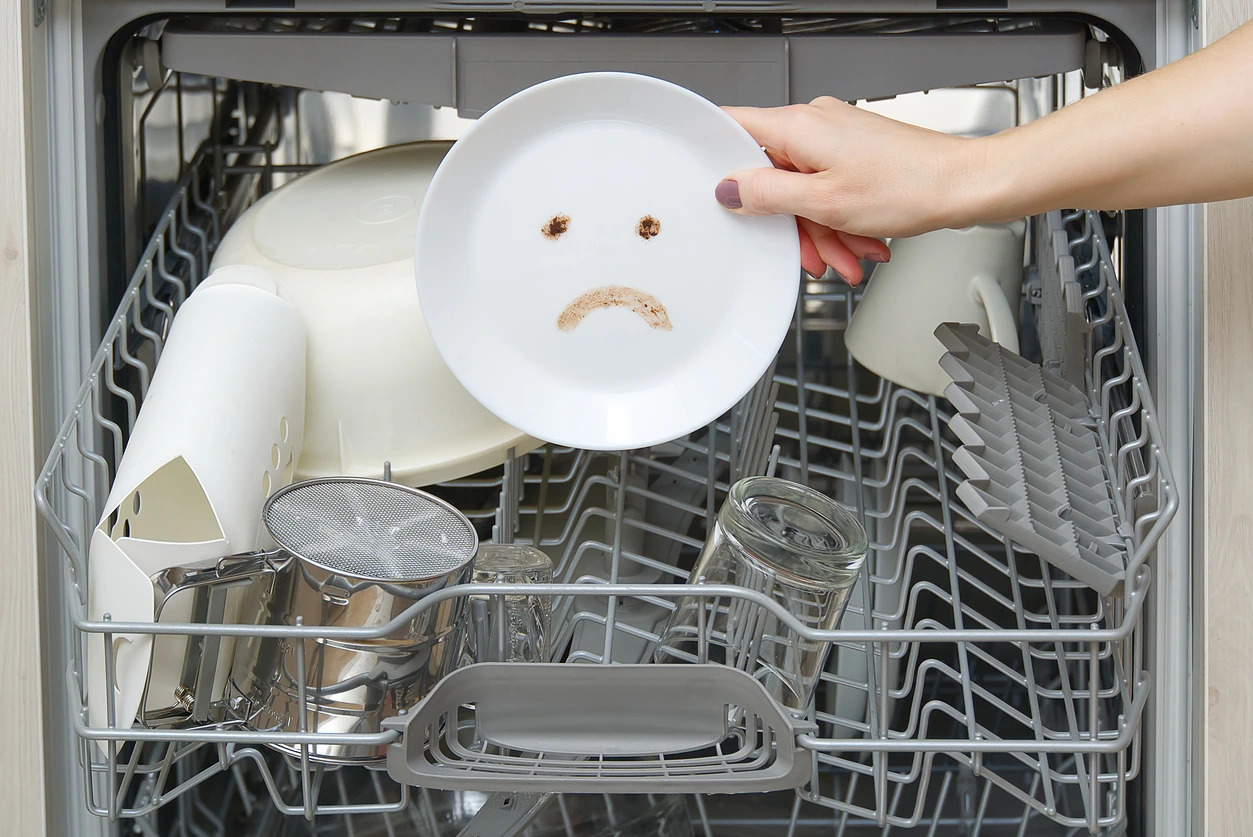

Articles
Why Is My Dishwasher Not Cleaning My Dishes
Modified: January 6, 2024
Discover the reasons why your dishwasher is not effectively cleaning your dishes with our helpful articles. Find solutions to keep your dishes spotless and sparkling.
(Many of the links in this article redirect to a specific reviewed product. Your purchase of these products through affiliate links helps to generate commission for Storables.com, at no extra cost. Learn more)
Introduction
Dishwashers have become an essential appliance in many households, promising to make our lives easier by taking care of the dirty work when it comes to cleaning our dishes. However, there are times when we open our dishwasher expecting sparkly clean dishes, only to find them covered in residue and grime. So, why is your dishwasher not cleaning your dishes as it should?
There can be several reasons behind poor dishwasher performance, ranging from simple issues that can be resolved with a quick fix, to more complex problems that may require professional assistance. In this article, we will explore some of the common causes for a dishwasher’s inability to effectively clean dishes and provide possible solutions to help you get your dishwasher back in top shape.
Key Takeaways:
- Regularly cleaning the spray arms, filters, and detergent dispenser, as well as optimizing water temperature and using high-quality detergent and rinse aid, will help ensure optimal cleaning results in your dishwasher.
- Proper loading of dishes, addressing water inlet valve issues, and seeking professional assistance when needed can help resolve underlying mechanical issues and restore your dishwasher’s cleaning power.
Read more: How To Clean A Dish Washer
Common Causes for Poor Dishwasher Performance
When your dishwasher fails to clean your dishes properly, there are a few common culprits that could be to blame. Let’s take a closer look at these issues:
- Clogged Spray Arms: One of the main reasons for poor dishwasher performance is clogged spray arms. Over time, food particles, grease, and mineral deposits can build up in the small openings of the spray arms, obstructing the flow of water and preventing it from reaching all areas of the dishwasher. Regularly cleaning the spray arms and ensuring that the openings are free from debris can help improve dishwasher performance.
- Water Inlet Valve Issues: Another common issue is with the water inlet valve. If the valve is malfunctioning or clogged with debris, it can restrict the flow of water into the dishwasher, resulting in poor cleaning. Inspect the water inlet valve for any signs of damage or blockage and clean or replace it if necessary.
- Insufficient Water Temperature: The temperature of the water plays a crucial role in effective dish cleaning. If the water in your dishwasher is not hot enough, it may not be able to melt away grease and remove stubborn stains. Check the water heater temperature and adjust it if needed. It is recommended to have a water temperature of around 120-125°F (49-52°C) for optimal cleaning results.
- Dirty Filters: Dishwashers come equipped with filters to trap food particles and prevent them from clogging the system. However, if these filters are not cleaned regularly, they can become clogged themselves, leading to poor dishwasher performance. Clean the filters according to the manufacturer’s instructions, typically once a month, to ensure optimal functioning.
Determining the specific cause behind your dishwasher’s poor performance can help you implement the appropriate solution. In the next sections, we will explore other possible factors that can contribute to ineffective dishwashing and provide tips to address these issues.
Clogged Spray Arms
Clogged spray arms are a common cause of poor dishwasher performance. The spray arms in your dishwasher are responsible for distributing water throughout the unit, ensuring that all dishes are thoroughly cleaned. Over time, food particles, grease, and mineral deposits can accumulate in the small openings of the spray arms, obstructing the water flow and reducing their effectiveness.
To address this issue, follow these steps:
- Remove the bottom rack of the dishwasher to access the spray arms.
- Inspect the spray arms for any visible debris or blockages.
- Use a small brush or toothbrush to clean the spray arm openings. You can also use a needle or toothpick to poke through the openings and dislodge any stubborn dirt or deposits.
- For more stubborn clogs, you can remove the spray arms and soak them in warm soapy water. This can help loosen and dissolve stubborn debris.
- After cleaning the spray arms, reattach them securely and ensure they are free to rotate without any obstructions.
Regularly cleaning the spray arms and ensuring that the openings are free from debris can greatly improve the performance of your dishwasher’s cleaning cycle. It is recommended to check and clean the spray arms at least once a month or whenever you notice a decline in cleaning performance.
In addition to cleaning the spray arms, it is also important to check the water pressure in your dishwasher. Low water pressure can contribute to poor cleaning results. Make sure the water supply to your dishwasher is fully turned on and that there are no kinks or obstructions in the water inlet hose.
By addressing clogged spray arms and ensuring sufficient water pressure, you can restore your dishwasher’s ability to effectively clean your dishes. However, if the problem persists despite these efforts, it may be necessary to seek professional assistance to further diagnose and fix the issue.
Water Inlet Valve Issues
The water inlet valve of your dishwasher is responsible for allowing water to flow into the unit during the wash cycle. When this valve malfunctions or becomes clogged with debris, it can restrict the water flow and lead to poor dishwasher performance.
If you suspect that water inlet valve issues are affecting the cleaning performance of your dishwasher, follow these steps to address the problem:
- Locate the water inlet valve, typically located at the bottom of the dishwasher behind the access panel.
- Carefully inspect the valve for any visible signs of damage or blockage. Look for debris or mineral deposits that may be obstructing the flow of water. If you notice any issues, proceed to the next step.
- If the valve is accessible, you can try cleaning it by using a soft brush or toothbrush to remove any debris. Be gentle to avoid causing further damage.
- If cleaning doesn’t resolve the issue, you may need to replace the water inlet valve. Consult your dishwasher’s manual or contact a professional technician for guidance on how to replace the valve.
It’s important to note that working with water and electrical components can be dangerous. If you’re unsure or uncomfortable with handling the water inlet valve, it’s always recommended to seek assistance from a qualified technician.
In addition to inspecting and cleaning the water inlet valve, it’s also a good idea to check the water supply to your dishwasher. Ensure that the water supply valve is fully open and that there are no kinks or blockages in the water inlet hose. Low water pressure can also contribute to poor cleaning performance, so make sure the water pressure in your home is adequate.
By addressing water inlet valve issues and ensuring proper water flow to your dishwasher, you can improve its cleaning performance. However, if the problem persists, it may be necessary to consult a professional for further diagnosis and repair.
Insufficient Water Temperature
The water temperature in your dishwasher plays a critical role in its ability to effectively clean your dishes. If the water temperature is too low, it may not be able to dissolve grease, remove stubborn stains, and sanitize your dishes properly. Insufficient water temperature can result in poor dishwasher performance and leave your dishes looking less than clean.
To address the issue of insufficient water temperature, follow these steps:
- Check the water heater temperature: The recommended water temperature for optimal dishwasher performance is around 120-125°F (49-52°C). Ensure that your water heater is set to this temperature range. If it’s set too low, increase the temperature accordingly.
- Run the hot water faucet before starting the dishwasher: Before starting a wash cycle, allow the hot water tap closest to your dishwasher to run for a few minutes. This helps ensure that hot water is readily available and that your dishwasher is filled with the proper temperature water from the start.
- Inspect the dishwasher heating element: The heating element in your dishwasher helps raise the water temperature during the wash cycle. If the heating element is faulty or damaged, it may not be able to adequately heat the water. Check for any signs of damage or malfunction and replace it if necessary.
It’s worth noting that some dishwashers have specific settings for different water temperature requirements. Make sure you’re using the appropriate settings for your specific dishwasher and the level of dirtiness on your dishes.
Furthermore, using hot water-friendly dishwasher detergent can also contribute to better cleaning performance. Check the detergent packaging to ensure it is suitable for use with low water temperature settings. Additionally, using a rinse aid can help improve drying performance and leave your dishes sparkling clean.
By ensuring sufficient water temperature and using the right cleaning products, you can enhance the performance of your dishwasher and achieve cleaner dishes. However, if the issue persists, it may indicate a more significant problem that requires professional inspection and repair.
Check the spray arms for clogs or blockages. Remove them and clean with a brush or toothpick. This can improve water flow and help the dishwasher clean more effectively.
Dirty Filters
Dirty filters are a common cause of poor dishwasher performance. Dishwashers are equipped with filters to prevent food particles and debris from entering the dishwasher drain and clogging the system. Over time, these filters can become clogged themselves, reducing water flow and impeding the cleaning process.
To address the issue of dirty filters, follow these steps:
- Locate the dishwasher filters: The filters are typically located at the bottom of the dishwasher, either in the center or on the side. Consult your dishwasher’s manual if you’re unsure.
- Carefully remove the filters: Depending on the model, you may need to twist or lift the filters to remove them. Be gentle to prevent any damage.
- Rinse the filters under warm water: Use a gentle stream of warm water to rinse away the accumulated debris. You can also use a soft brush or toothbrush to remove any stubborn dirt.
- Inspect the filters: After rinsing, check the filters for any remaining debris or damage. If the filters are damaged, it’s best to replace them with new ones.
- Reinstall the filters: Once the filters are clean and in good condition, reinsert them into the dishwasher and ensure they are securely placed.
It is recommended to clean the filters at least once a month to maintain optimal dishwasher performance. However, frequency may vary depending on the amount of food debris and the frequency of dishwasher usage in your household.
In addition to cleaning the filters, it’s essential to keep the dishwasher interior and the drain area free from any large food particles. Scraping or rinsing off excess food from dishes before placing them in the dishwasher can help prevent excessive debris buildup in the filters. This, in turn, ensures that the water can flow freely and efficiently during the cleaning process.
If your dishwasher has a separate mesh filter or a grinder, these components may also require cleaning from time to time. Refer to your dishwasher’s manual for specific instructions on cleaning and maintaining these parts.
By regularly cleaning the filters and keeping the dishwasher free from food particles, you can improve its cleaning performance and ensure that your dishes come out sparkling clean.
Improper Loading of Dishes
The way you load your dishes into the dishwasher can have a significant impact on its cleaning performance. Improper loading can lead to blocked spray arms, limited water circulation, and ineffective cleaning. To ensure optimal cleaning results, it’s important to load your dishes correctly.
Here are some tips for properly loading your dishwasher:
- Pre-rinse dishes: While modern dishwashers are designed to handle food residues, it’s still a good practice to scrape off excess food particles before loading dishes into the dishwasher. This helps prevent debris from clogging the filters and spray arms.
- Avoid overcrowding: It’s tempting to squeeze in as many dishes as possible, but overcrowding can hinder water circulation and result in poor cleaning. Allow sufficient space between dishes, ensuring that water can flow freely around them.
- Load dishes properly: Place larger items such as plates, bowls, and pots on the bottom rack facing inward, with the dirtier side facing the spray arm. Utensils should be evenly distributed in the utensil basket, with handles facing downwards for better water penetration. Glasses and cups should be placed securely on the top rack.
- Don’t block the spray arms: Ensure that dishes, especially larger ones, are not obstructing the rotation of the spray arms. They should be able to freely rotate and distribute water throughout the dishwasher.
- Separate delicate items: Delicate glassware, plastics, and nonstick cookware may require gentler cleaning. Consider placing these items on the top rack to prevent direct exposure to intense water pressure and heat.
Properly loading your dishwasher not only ensures better cleaning results but also prevents damage to your dishes and the dishwasher itself. Following these guidelines will allow water to reach all areas and ensure thorough cleaning of your items.
Additionally, it’s important to note that some dishwashers have specific load sensors or wash cycle settings that adjust the cleaning intensity based on the amount and type of dishes. Consult your dishwasher’s manual for more information on any specific loading tips or recommendations.
By adopting proper loading techniques, you can maximize your dishwasher’s cleaning performance and achieve spotless dishes with every wash.
Low-Quality Detergent or Rinse Aid
The effectiveness of your dishwasher’s cleaning performance can also be impacted by the quality of the detergent and rinse aid you use. Choosing low-quality or inappropriate cleaning products can result in poor dishwashing results, leaving your dishes looking dull and dirty.
Here are some factors to consider when selecting detergent and rinse aid for your dishwasher:
- Choose a reputable brand: Opt for well-known brands that are specifically formulated for use in dishwashers. These brands often have extensive research and development behind their products, ensuring superior cleaning performance.
- Consider your water hardness level: Depending on your location, the water in your area may be hard or soft. Using a detergent designed for the hardness level of your water can improve cleaning performance. Consult the packaging of the detergent to determine if it is suitable for your water type.
- Use the appropriate amount: Using too little detergent may lead to insufficient cleaning, while using too much can result in excessive suds and poor rinsing. Follow the recommended dosage guidelines from the detergent manufacturer for optimal results.
- Utilize a rinse aid: Rinse aids help to minimize water spots and improve drying performance. They also enhance the overall cleaning efficiency of your dishwasher. Look for a high-quality rinse aid that is compatible with your dishwasher and follow the usage instructions provided.
- Regularly clean the detergent dispenser: The detergent dispenser can become clogged or coated with detergent residue over time, leading to ineffective detergent distribution. Regularly clean the dispenser to ensure proper dispensing of the detergent during the wash cycle.
It’s important to note that dishwasher detergents and rinse aids can vary in effectiveness depending on your dishwasher model and the specific dishwashing needs in your household. Experimenting with different brands or formulations may be necessary to find the one that works best for you.
If you’re experiencing consistently poor cleaning results despite using high-quality detergent and rinse aid, consider checking the expiration date of your products. Expired or old detergent and rinse aid may not effectively remove dirt and grease from your dishes.
By using high-quality detergent and rinse aid specifically formulated for dishwashers, you can optimize the cleaning performance of your dishwasher and enjoy sparkling clean dishes every time.
Malfunctioning Wash Cycle Selector
A malfunctioning wash cycle selector can also be a contributing factor to your dishwasher’s poor cleaning performance. The wash cycle selector is responsible for controlling the timing, temperature, and intensity of the wash cycle. If this component is not functioning properly, it can result in inadequate cleaning or incomplete cycles.
If you suspect that your wash cycle selector is malfunctioning, here are some steps to address the issue:
- Check for physical damage: Inspect the wash cycle selector knob for any visible signs of damage such as cracks or breakage. A damaged knob may prevent you from selecting the desired wash cycle correctly.
- Reset the dishwasher: Sometimes, electrical glitches can occur, causing the wash cycle selector to malfunction. Try resetting the dishwasher by turning off the power at the circuit breaker for a few minutes, then turning it back on. This can help clear any temporary issues.
- Test different wash cycles: Run your dishwasher through various wash cycles to determine if the issue is specific to one cycle. If only one cycle is affected, it may indicate a problem with that particular setting.
- Consult the user manual: Refer to the user manual specific to your dishwasher model for troubleshooting tips and instructions on how to address issues related to the wash cycle selector. The manual may provide guidance on how to recalibrate or replace the selector if necessary.
- Seek professional assistance: If the problem persists or if you are uncertain about troubleshooting the wash cycle selector on your own, it is best to seek help from a professional appliance technician. They have the expertise to accurately diagnose and fix issues with dishwasher components.
A malfunctioning wash cycle selector can significantly impact the cleaning performance of your dishwasher. It’s important to address the issue promptly to ensure that the dishwasher is running the appropriate cycles for effective cleaning.
Remember to follow the manufacturer’s instructions for proper use and care of your dishwasher. Regular maintenance, such as cleaning the interior, checking for any obstructions, and keeping the dishwasher in good working order, can also help prevent potential issues with the wash cycle selector.
By addressing a malfunctioning wash cycle selector, you can restore your dishwasher’s ability to run the appropriate cleaning cycles and achieve optimal cleaning results for your dishes.
Read more: Why Is My Dishwasher Not Working
Conclusion
A dishwasher that fails to clean your dishes effectively can be frustrating and time-consuming. However, by understanding the common causes for poor dishwasher performance, you can take the necessary steps to resolve these issues and ensure that your dishes come out sparkling clean after every wash.
In this article, we explored several factors that can contribute to a dishwasher’s inability to clean dishes properly. We discussed clogged spray arms, water inlet valve issues, low water temperature, dirty filters, improper loading of dishes, low-quality detergent or rinse aid, and malfunctioning wash cycle selectors. By addressing these issues, you can significantly improve the cleaning performance of your dishwasher.
Proper maintenance of your dishwasher is essential to keep it running smoothly. Regularly cleaning the spray arms, filters, and detergent dispenser, as well as optimizing water temperature and using high-quality detergent and rinse aid, will help ensure optimal cleaning results.
It’s also crucial to load your dishes correctly, providing sufficient space for water circulation and preventing obstructions that can hinder cleaning. Additionally, keeping an eye out for any signs of a malfunctioning wash cycle selector and seeking professional assistance when needed can help resolve any underlying mechanical issues.
Remember that every dishwasher model may have specific recommendations and troubleshooting tips. Always refer to your dishwasher’s user manual for detailed instructions and guidelines specific to your appliance.
By taking the time to address these common causes for poor dishwasher performance, you can enjoy the convenience and efficiency of a clean and spotless dishwasher, allowing you to focus on other important aspects of your daily life. So, don’t let dirty dishes dampen your spirits—take action and restore your dishwasher’s cleaning power today!
Frequently Asked Questions about Why Is My Dishwasher Not Cleaning My Dishes
Was this page helpful?
At Storables.com, we guarantee accurate and reliable information. Our content, validated by Expert Board Contributors, is crafted following stringent Editorial Policies. We're committed to providing you with well-researched, expert-backed insights for all your informational needs.
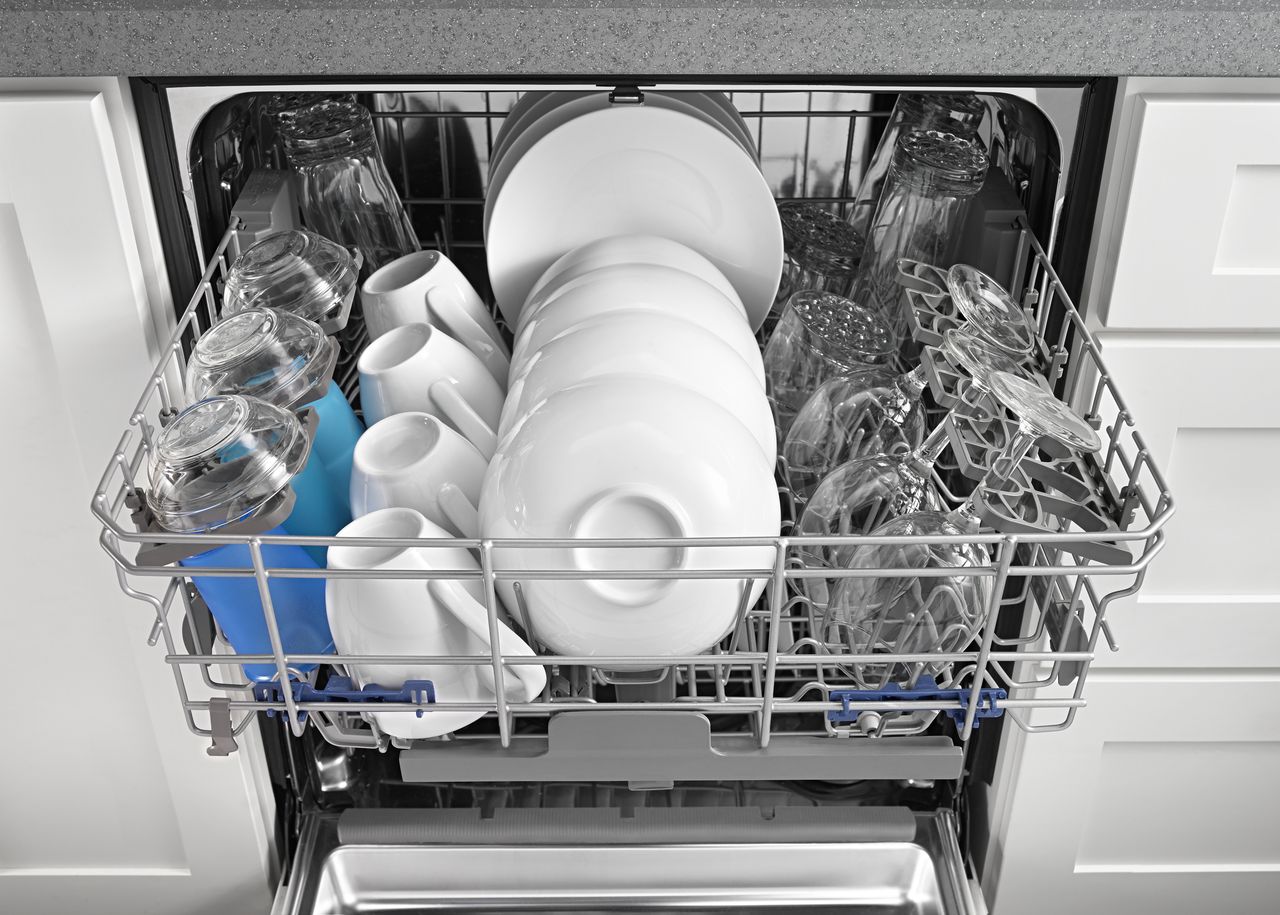
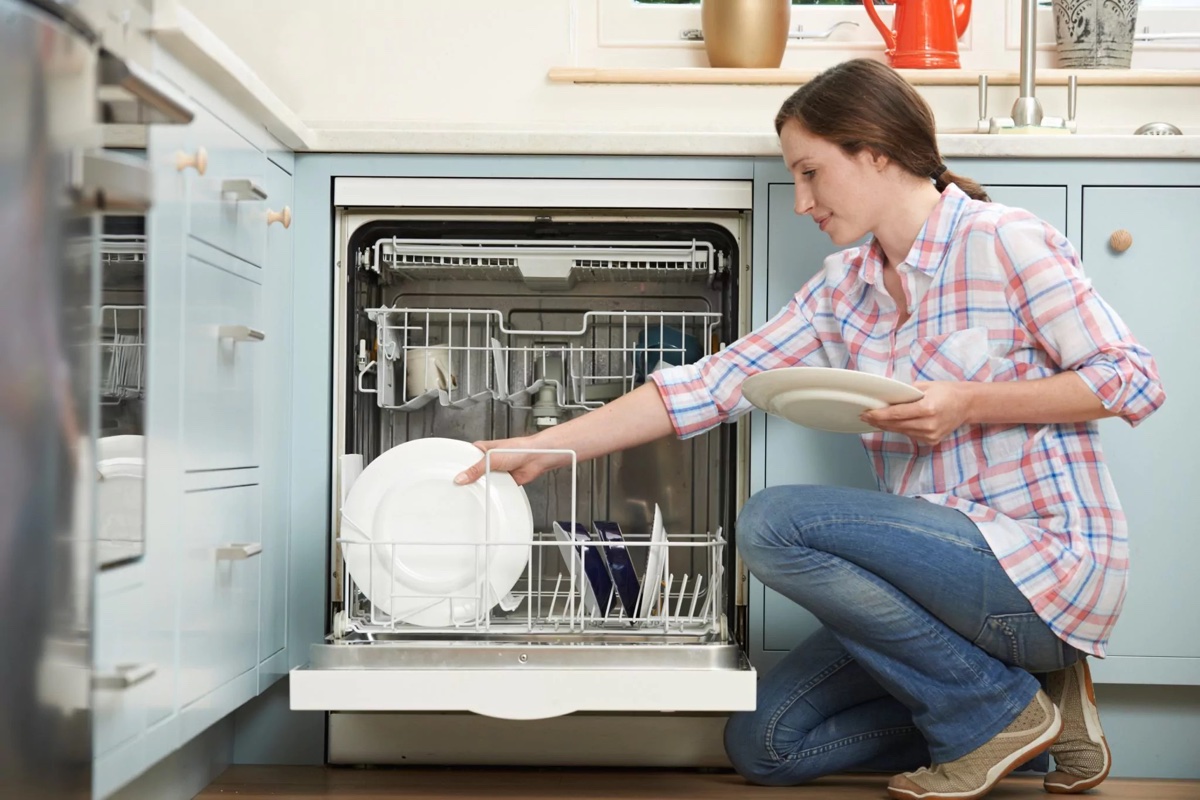
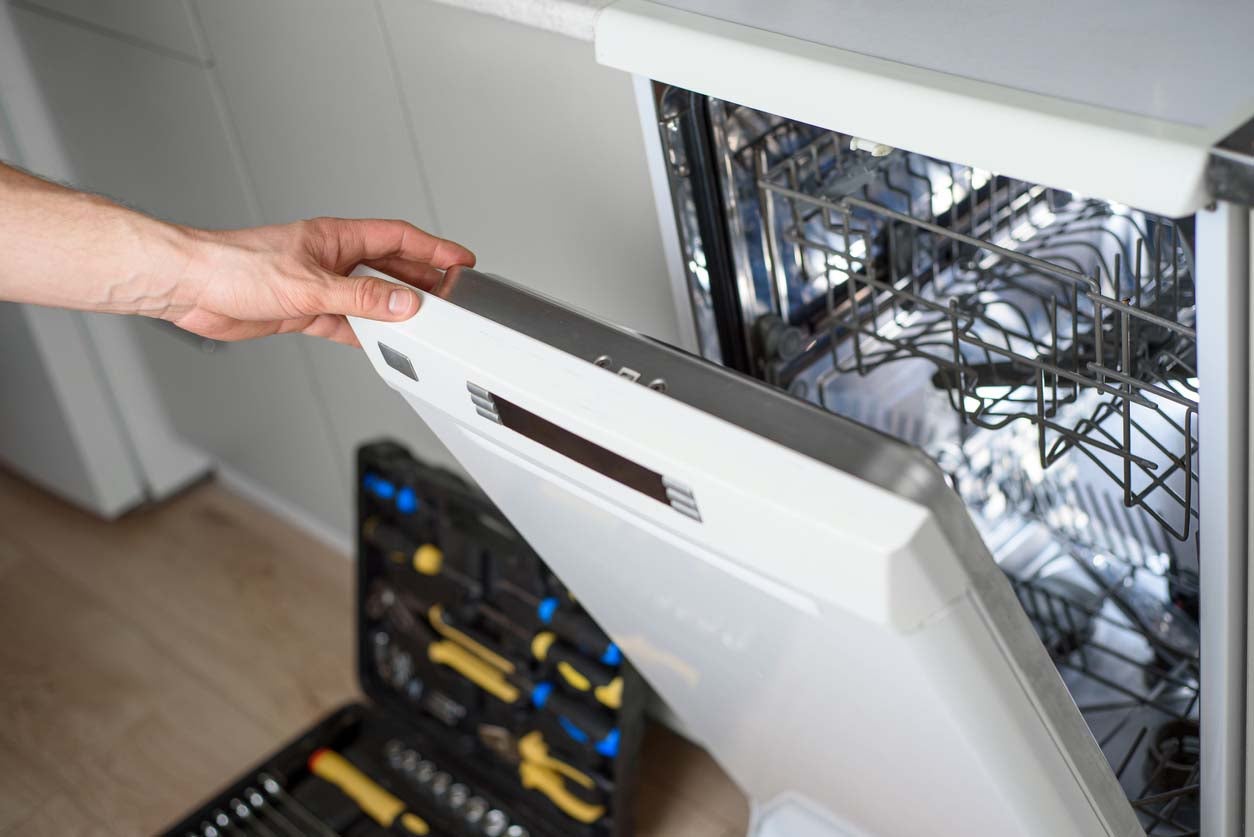
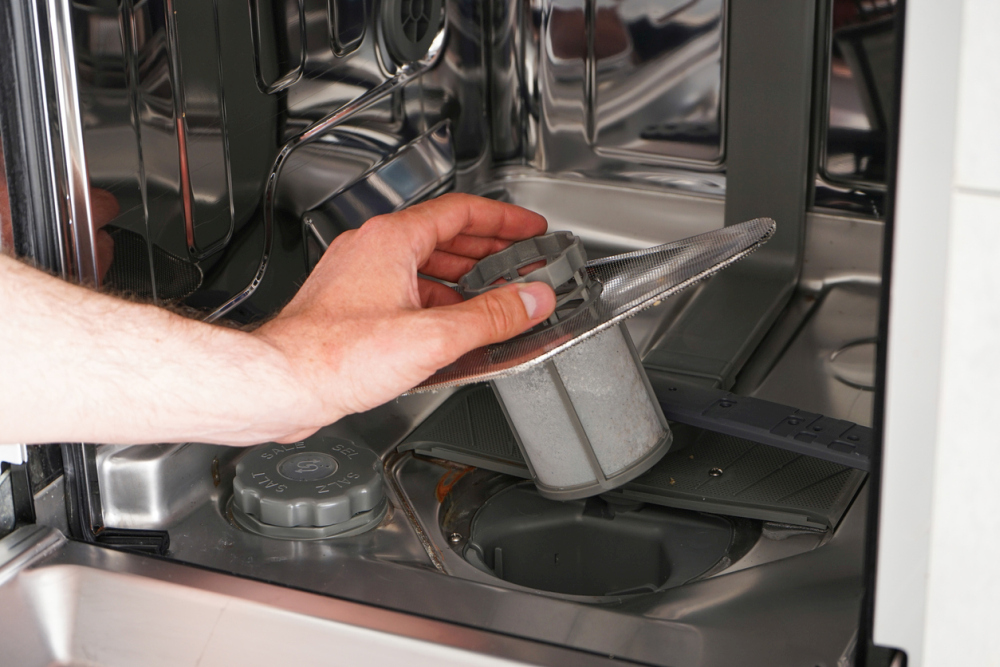
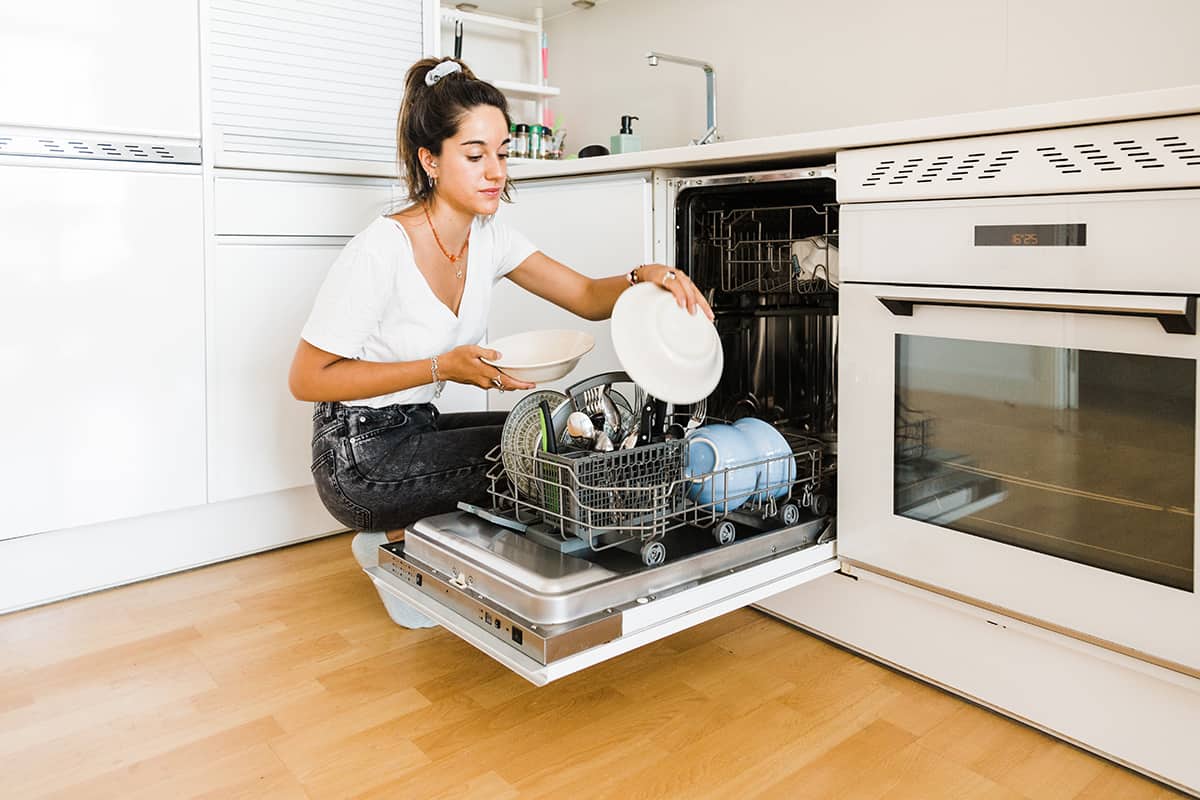
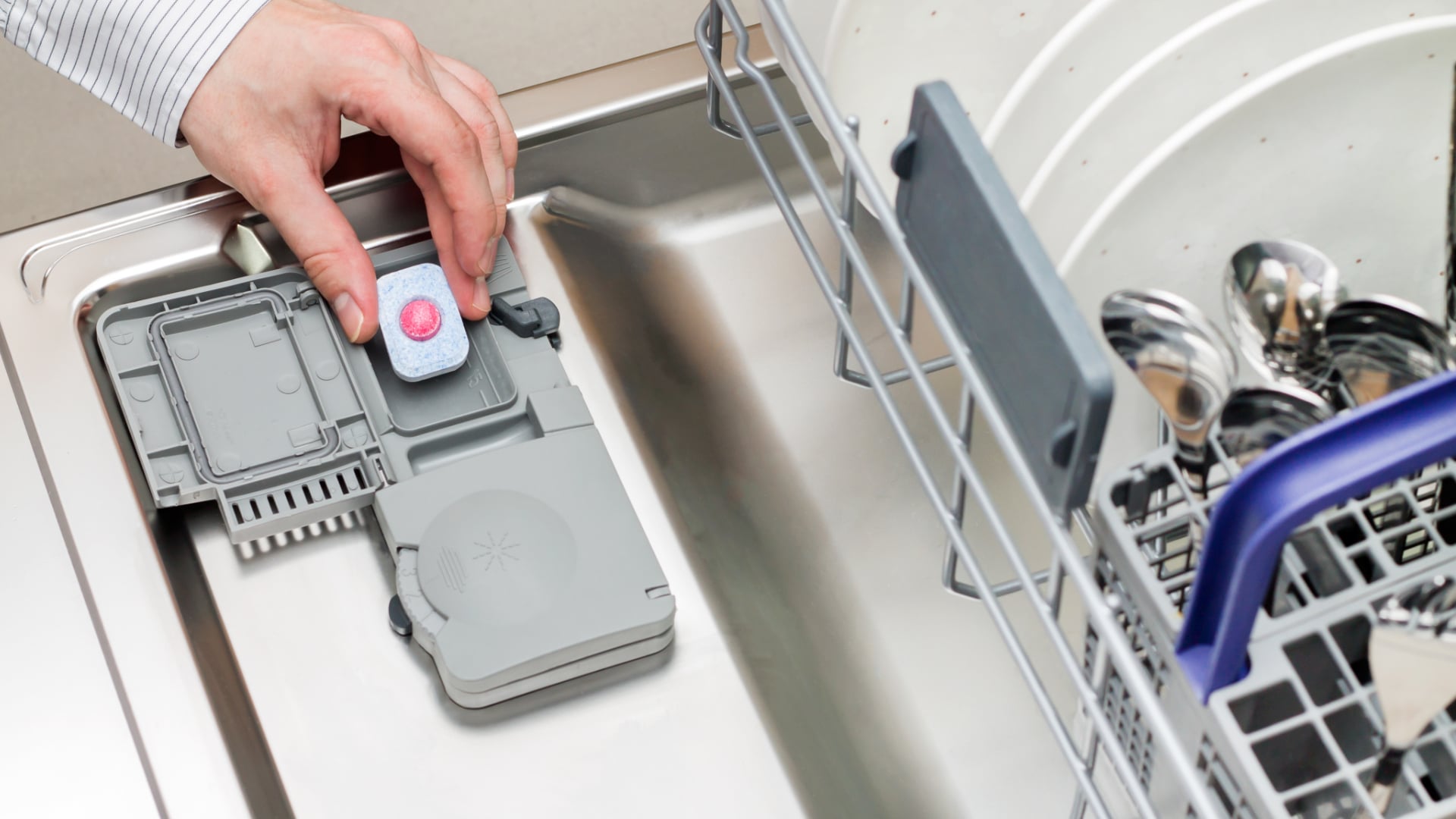
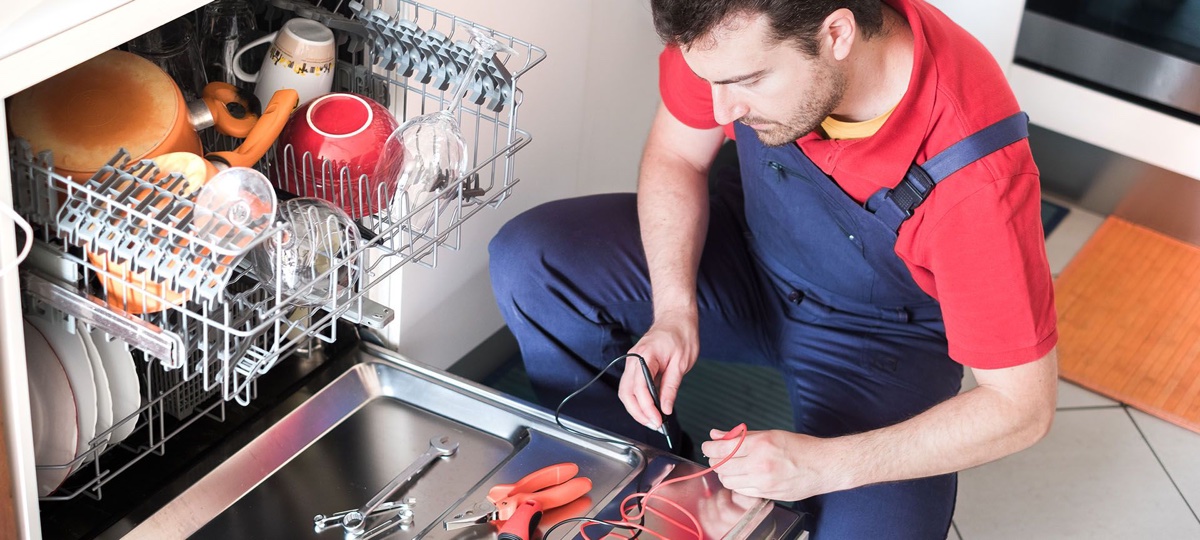
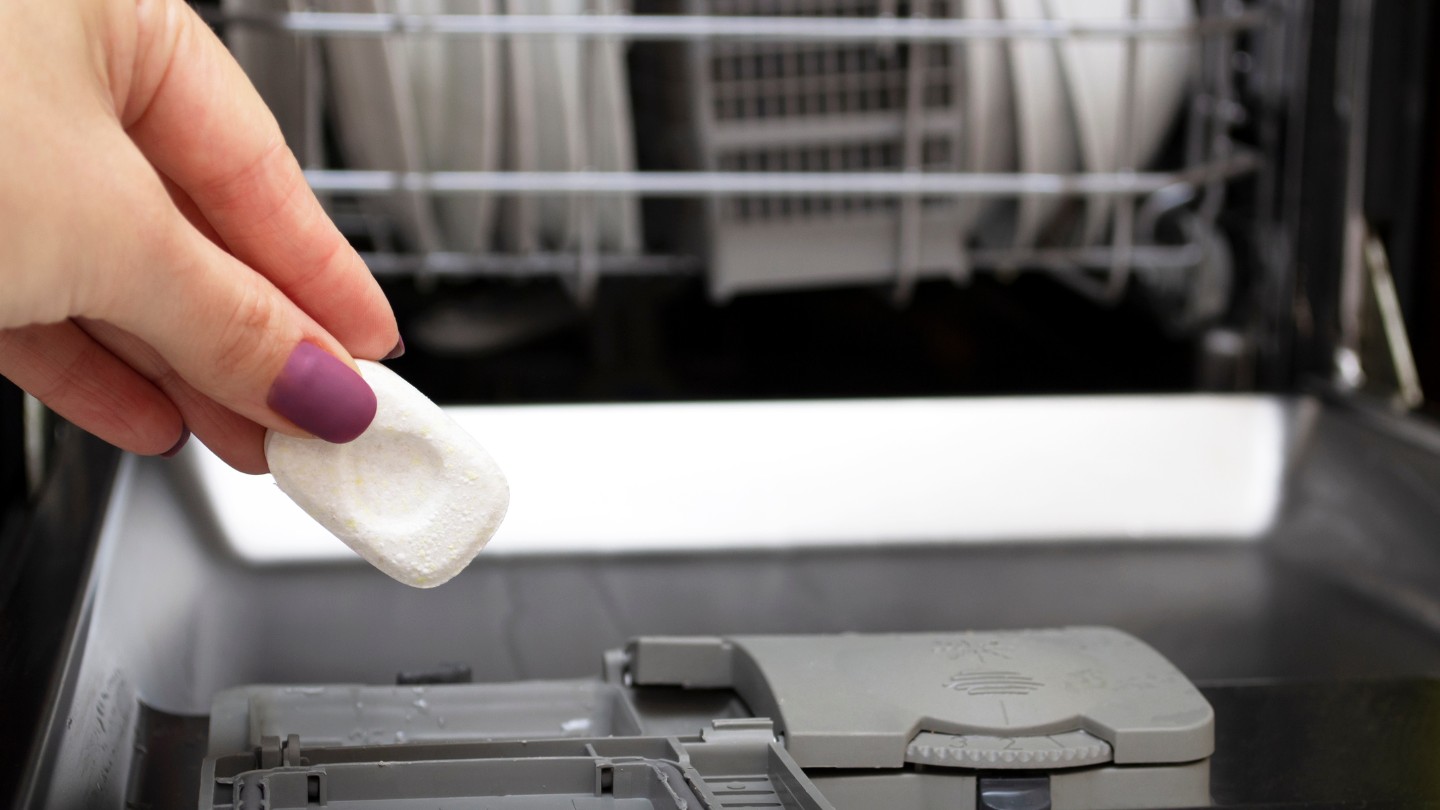
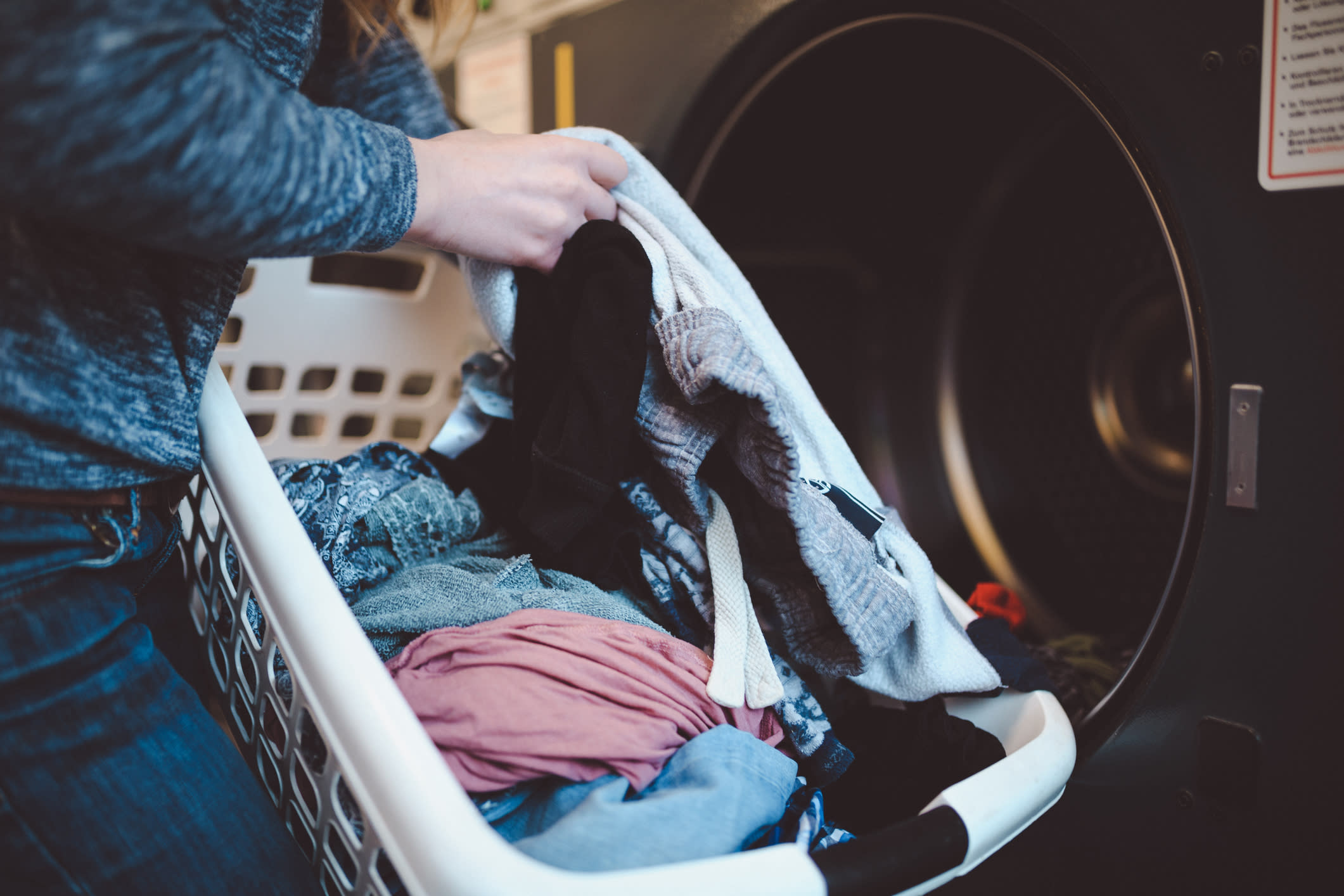
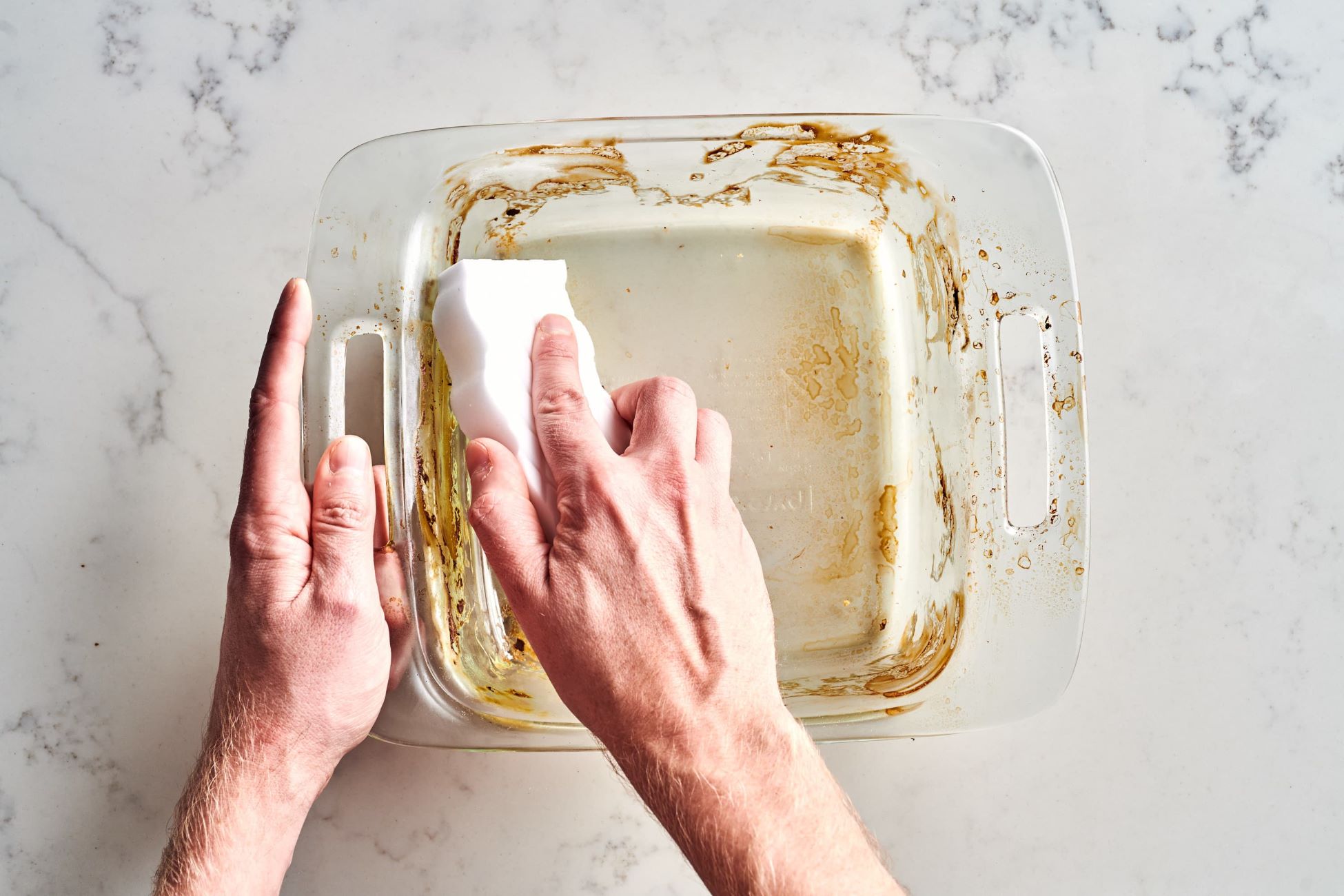
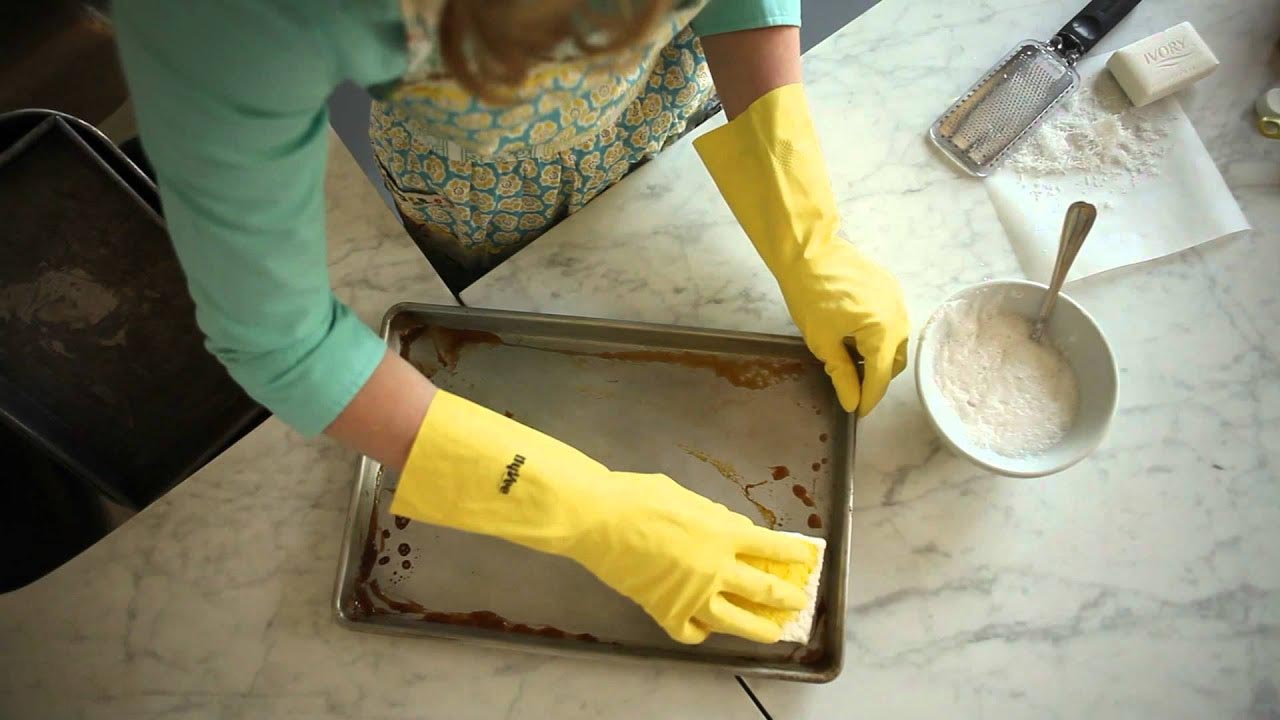
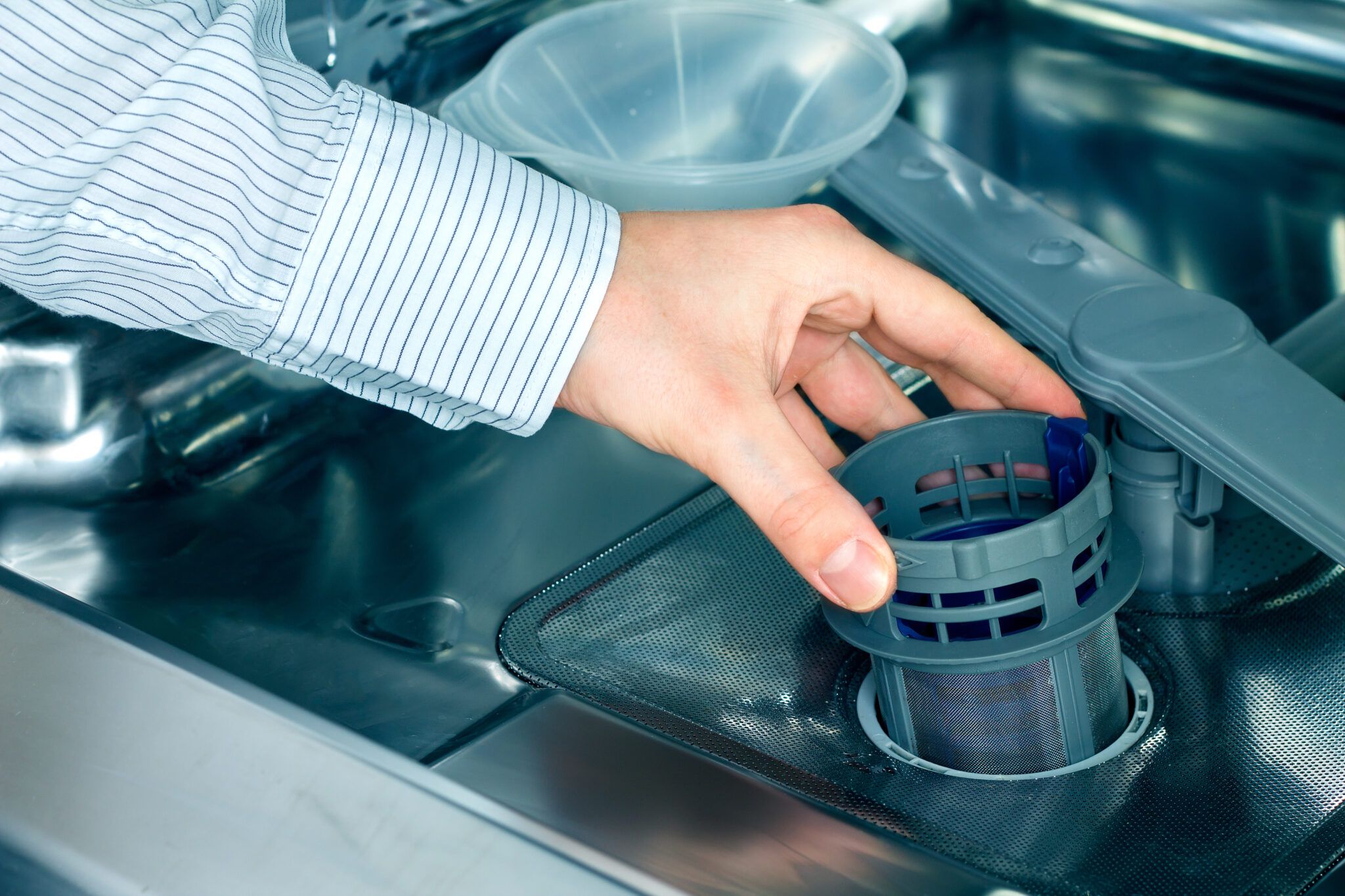
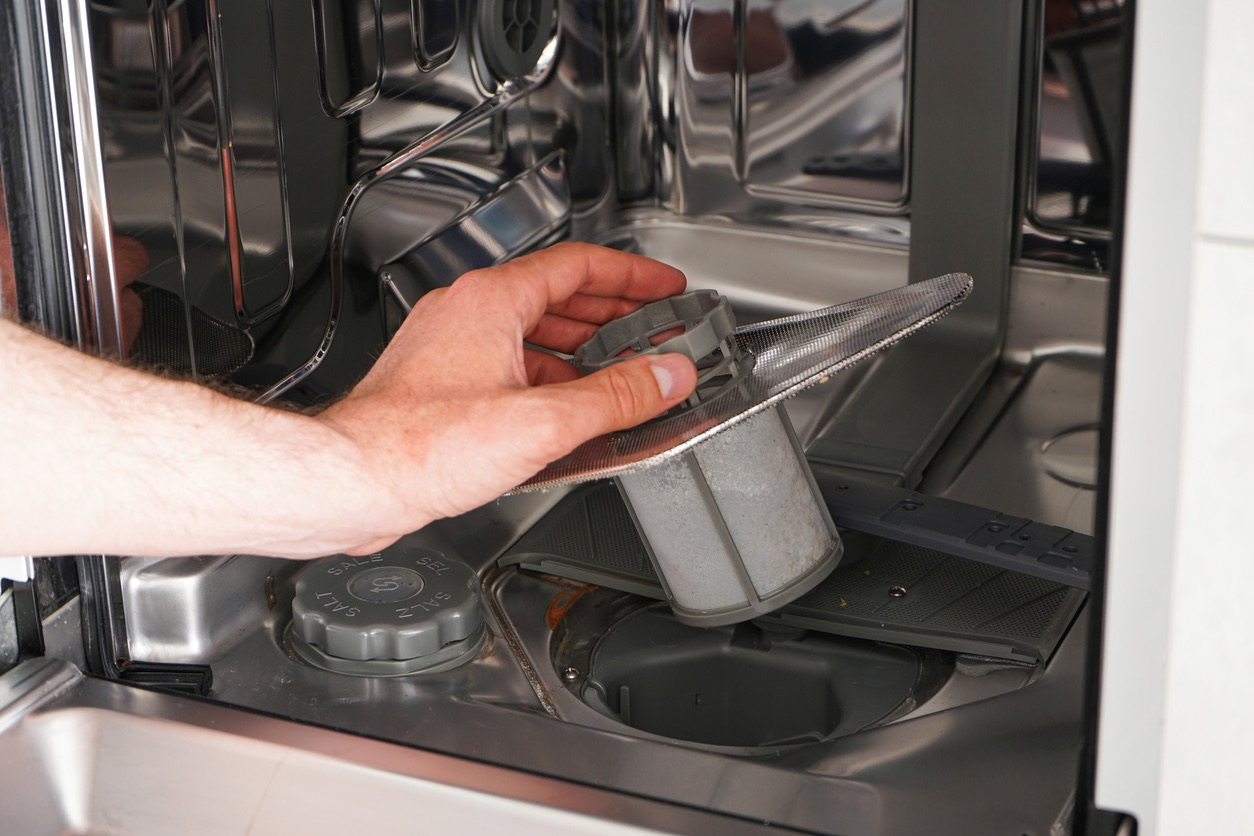

0 thoughts on “Why Is My Dishwasher Not Cleaning My Dishes”